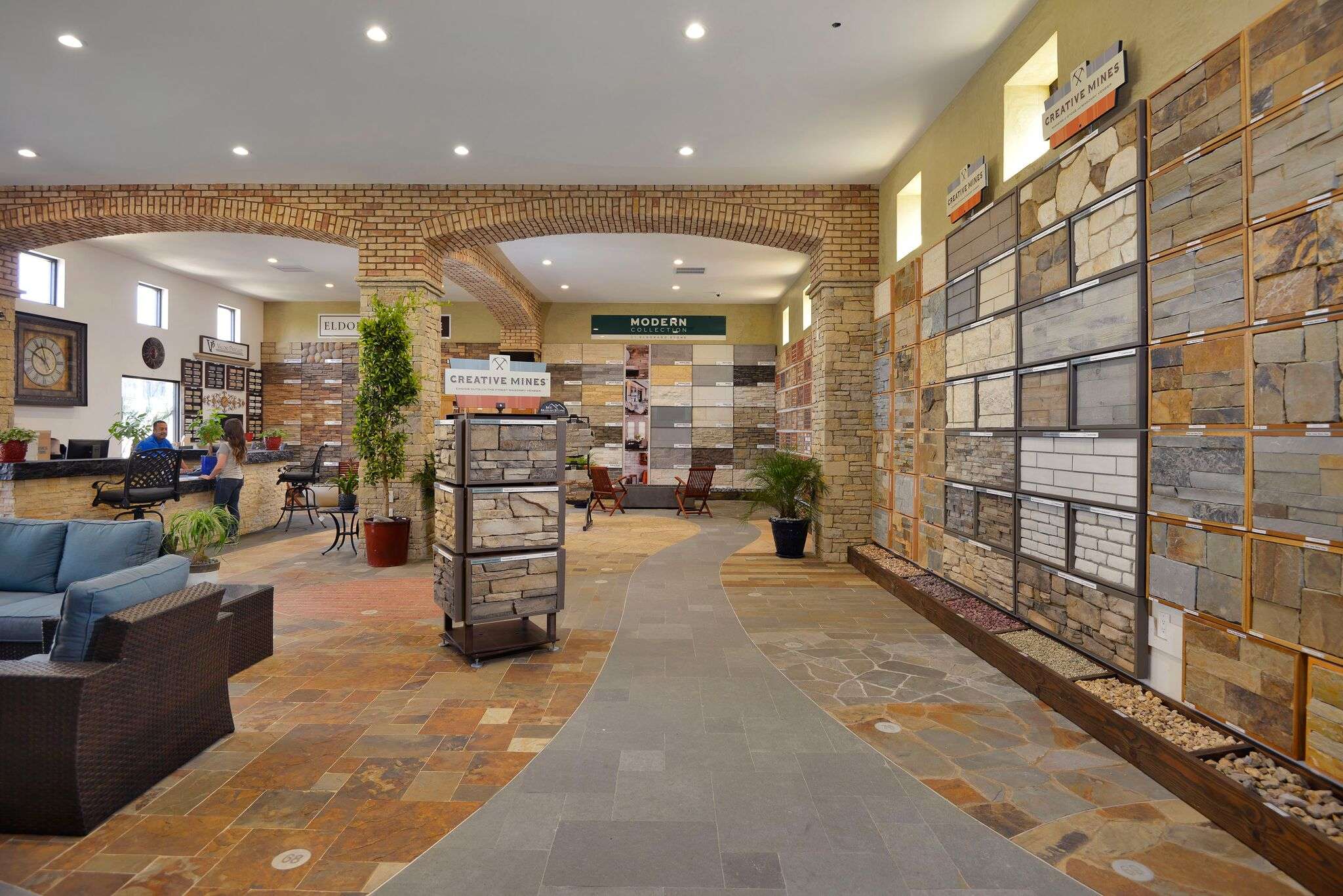Thompson Building Materials in Camarillo, California, is more than just a place to buy lumber and nails. It’s a cornerstone of the community, providing the essential resources that help build homes, businesses, and dreams. For contractors and DIY enthusiasts alike, **Thompson Building Materials Camarillo California** offers a wide array of products and services tailored to meet diverse needs. Beyond the tangible goods, it’s the expertise and dedication of the staff that truly sets them apart, fostering a collaborative environment where projects can flourish. The company’s commitment to quality and customer satisfaction makes them a valuable asset to the construction landscape of Ventura County.
Beyond the Basics: What Makes Thompson Stand Out
While many building supply stores offer similar products, Thompson Building Materials goes above and beyond to cater to the unique demands of the Camarillo area. This includes:
- Specialized Lumber Selection: Offering a variety of wood types suitable for coastal climates, ensuring durability and longevity.
- Expert Consultation: Providing knowledgeable staff who can assist with project planning, material selection, and problem-solving.
- Delivery Services: Offering convenient delivery options to job sites throughout Ventura County.
The Importance of Local Building Supply
Choosing a local building supply store like Thompson Building Materials offers several advantages over larger chain retailers. Here are a few key benefits:
- Personalized Service: Local businesses often provide more personalized attention and tailored solutions.
- Community Investment: Supporting local businesses helps strengthen the community’s economy.
- Faster Turnaround Times: Local stores can often provide faster delivery and response times than larger corporations.
Comparing Local vs. National Chains
| Feature | Local (e.g., Thompson) | National Chain |
|---|---|---|
| Customer Service | Highly Personalized | Often Standardized |
| Product Knowledge | Deep understanding of local needs | General product knowledge |
| Community Impact | Significant contribution to the local economy | Less direct impact |
In the heart of Camarillo, **Thompson Building Materials Camarillo California** understands the nuances of the local environment and tailors its offerings accordingly. This dedication is a testament to the importance of supporting local businesses that prioritize community needs.
Looking Ahead: The Future of Thompson Building Materials
As Camarillo continues to grow and evolve, Thompson Building Materials is poised to remain a vital resource for builders and homeowners. Their commitment to innovation, customer service, and community engagement will ensure their continued success. **Thompson Building Materials Camarillo California** will continue to be an integral part of the building process, supporting the community’s growth and development for years to come.
TIPS FOR CHOOSING THE RIGHT BUILDING MATERIALS
Embarking on a construction or renovation project can be daunting, and selecting the appropriate building materials is crucial for success. Here are some helpful tips to guide you through the process:
– Define Your Project Scope: Clearly outline the project’s goals, budget, and timeline. This will help narrow down your material options.
– Consider the Climate: Factor in the local weather conditions, such as temperature fluctuations, humidity, and rainfall. Choose materials that are durable and resistant to these elements.
– Prioritize Sustainability: Opt for eco-friendly and sustainable materials whenever possible; This can reduce your environmental impact and potentially lower long-term costs.
– Seek Expert Advice: Don’t hesitate to consult with contractors, architects, or building supply professionals for guidance on material selection.
– Compare Prices and Quality: Get quotes from multiple suppliers and compare the prices and quality of different materials.
– Check for Warranties: Ensure that the materials you choose come with adequate warranties to protect against defects and premature failure.
UNDERSTANDING MATERIAL PROPERTIES
Different building materials possess unique properties that make them suitable for various applications. Here’s a brief overview of some common material characteristics:
– Strength: The ability to withstand stress and resist deformation.
– Durability: The ability to withstand wear and tear over time.
– Weather Resistance: The ability to resist damage from exposure to the elements.
– Fire Resistance: The ability to resist ignition and spread of fire.
– Insulation: The ability to reduce heat transfer.
– Acoustic Properties: The ability to absorb or reflect sound.
WORKING WITH THOMPSON BUILDING MATERIALS: A GUIDE FOR SUCCESS
To maximize your experience with Thompson Building Materials, consider the following recommendations:
– Plan Ahead: Place your orders well in advance of your project’s start date to ensure timely delivery.
– Communicate Clearly: Provide detailed specifications and instructions to avoid any misunderstandings.
– Ask Questions: Don’t hesitate to ask questions if you’re unsure about anything. The staff at Thompson Building Materials is there to help.
– Inspect Deliveries: Carefully inspect all deliveries upon arrival to ensure that the materials are in good condition and meet your specifications.
– Build Relationships: Foster a positive working relationship with the staff at Thompson Building Materials. This can lead to better service and support.
By carefully considering these factors and working closely with a reliable building supply provider like Thompson Building Materials, you can increase your chances of a successful construction or renovation project. Remember to always prioritize safety and follow all applicable building codes and regulations.







